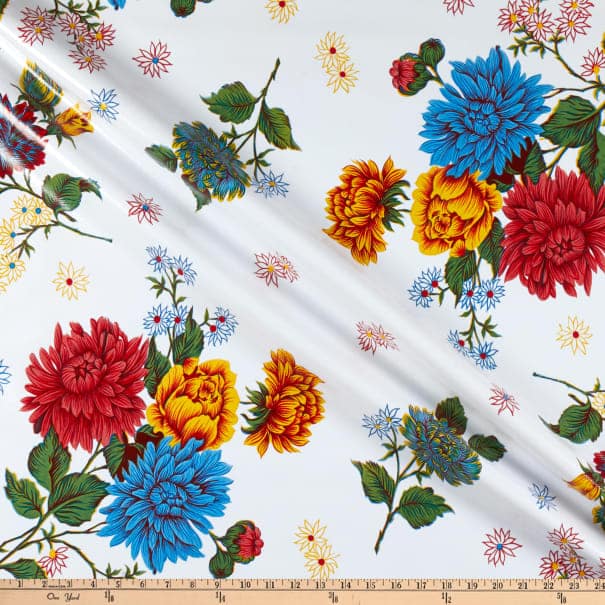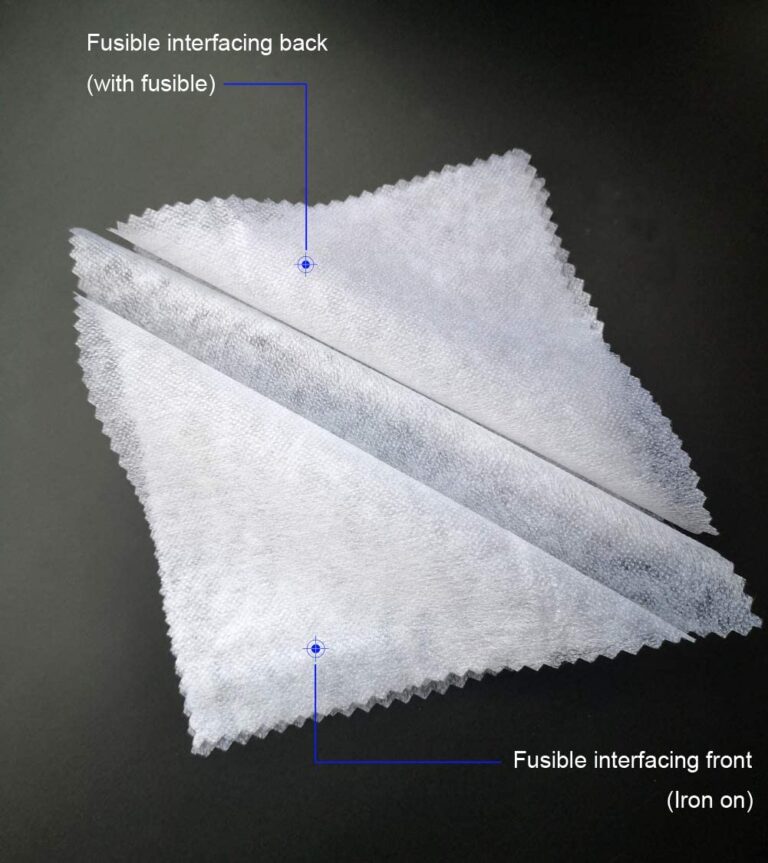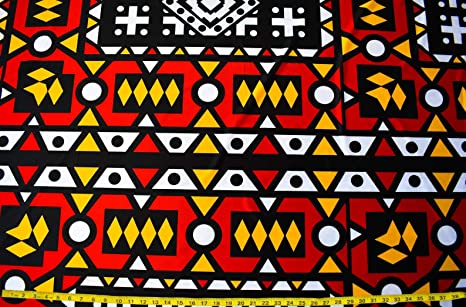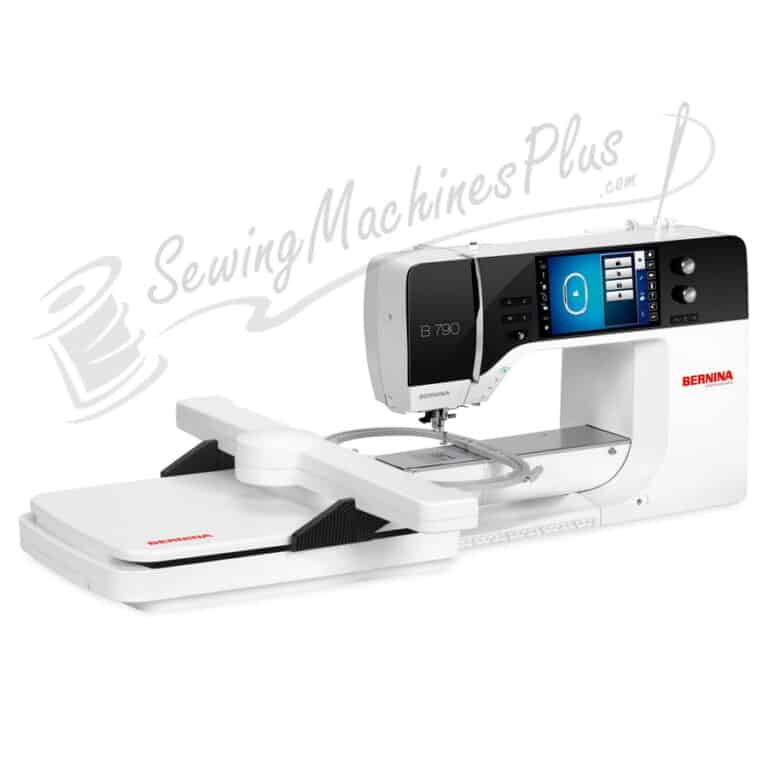Top 5 Ways To Remove Iron On Fabric Patch Glue
The best way to refresh those old clothes is with a simple iron-on patch, but we all know that removing them later is not easy. There are always remnants of the adhesive. They are so difficult to get off without damaging the material underneath. By finding a way to remove the glue safely, you can reuse clothing items that can be made anew.
Let’s look through the five best ways that you can remove the glue in your own home.
| Method | Description |
|---|---|
| Freezing the remains | Put the clothing item in a plastic bag and freeze for at least 8 hours. Then use a round-ended knife to chip away at the hardened glue. |
| Remove with Acetone | Dip cotton wool buds, balls, or pads into Acetone and dab over all of the glue. After a few minutes, wipe the glue from the fabric with a clean cloth. |
| Heat to remove | Use a clean cloth to cover the glue and gently rub a hot iron over it. Peel back the fabric to pull the glue with it. Repeat if necessary. |
| Adhesive remover | Use a fabric-safe adhesive remover. If you can’t find one, make your own with essential oil, coconut oil, and baking soda. Soak the area with the glue and then rub off with a cloth. |
| Vinegar for removal | Soak the adhesive in white vinegar for up to 10 minutes before rinsing off under a tap. Launder thoroughly afterward to remove any remaining adhesive and the vinegar smell. |
Table of Contents
5 Easy Ways To Remove Iron On Patch Glue
#1 – Freezing the remains
The simplest of the steps is often the most successful; in this case, you will need to place the afflicted article of clothing into a plastic bag and then into the freezer for at least 8 hours. Ensure that all of the material is inside the bag so that it does not stick to the inside of the freezer and damage the fabric’s integrity.
Once the product has rested in the freezer for a minimum of 8 hours, you can remove it and place it on a table. Lay on the table flat, and find a round-ended knife, like a butter knife. By using the knife, you will be able to chip away at the glue, and it will all come off with ease now that it has fully hardened.
#2 – Remove the glue with Acetone
Acetone, more commonly known as nail polish remover, can be used to remove fabric patch glue effectively. Finding a simple bottle online, there were lots of choices, but with Amazon’s top choice being Cutex, it is a great choice if you need to find one online. Although the smell can be strong, wash thoroughly to remove the stench and protect your skin from too much exposure once the glue is fully removed.
Using cotton wool buds, balls or pads, dip it into the Acetone and begin to slowly dab over all of the glue until fully covered. Please leave it in light soak for a few minutes. Use a fresh, clean cloth to wipe the glue from the fabric, leaving a clean and glue-free surface.
#3 – Heat to remove the glue
While this may seem like an odd way to remove it all, it is rather effective if you do not have the necessary chemicals laying around.
If you have an old piece of clean cloth, you can use it to place over the top of the glue; doing so will prevent any fabric patch glue from sticking to your iron. Ensure that your iron is hot enough to melt the adhesive fully but on the correct setting for the fabric you are removing the glue from. Gently rub the iron over the top and ensure that you have heated all of the glue. Then slowly peel back the fabric to pull the glue with it. If it does not work the first, be sure to repeat on another clean piece of cloth.
#4 – Adhesive remover
While this is not traditionally something you will have under your sink, it is something that is handy not just for iron-on patch glue but any other kind of adhesive too. Be sure that it is suitable for fabric, otherwise, you will end up bleaching patches of your clothes. The top-rated adhesive remover on Amazon boasts to save you time by using it, specifically designed for fabric. The Albachem adhesive remover is the one for you.
Fabric safe adhesive remover can still remove the dye from clothing, so be sure to patch test on a small part of the clothing that is not noticeable before using on the glue itself. Rinse it off in warm water and check for any discoloration.
If you cannot find any fabric safe adhesive remover, you can make your own with just a few simple ingredients. A few drops of scented essential oil, 1 cup of coconut oil, and 2 cups of baking soda, mixed all together, will act as a glue remover. While it may not be as strong as a store-bought version, it will be an easy fix with just a little more effect involved.
#5 – Vinegar for removal
White vinegar is renowned for being an excellent stain remover, and it also works well for adhesive.
Basic Glue Removal Tips
Remember to make sure any ingredients used are fabric-safe and do not bleach materials. Many homemade concoctions run the risk of reacting with each other and causing a chemical reaction that can damage clothing.






